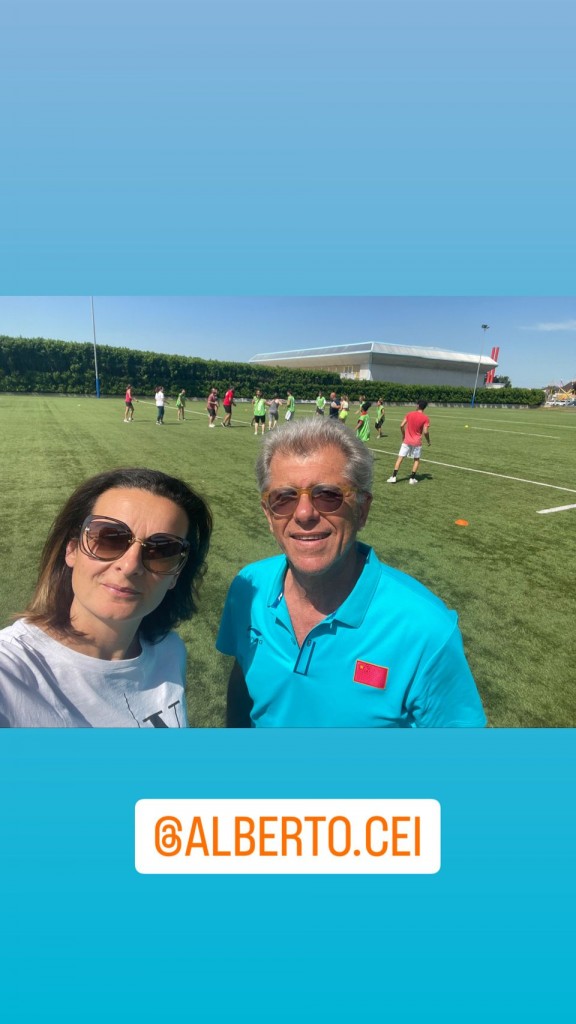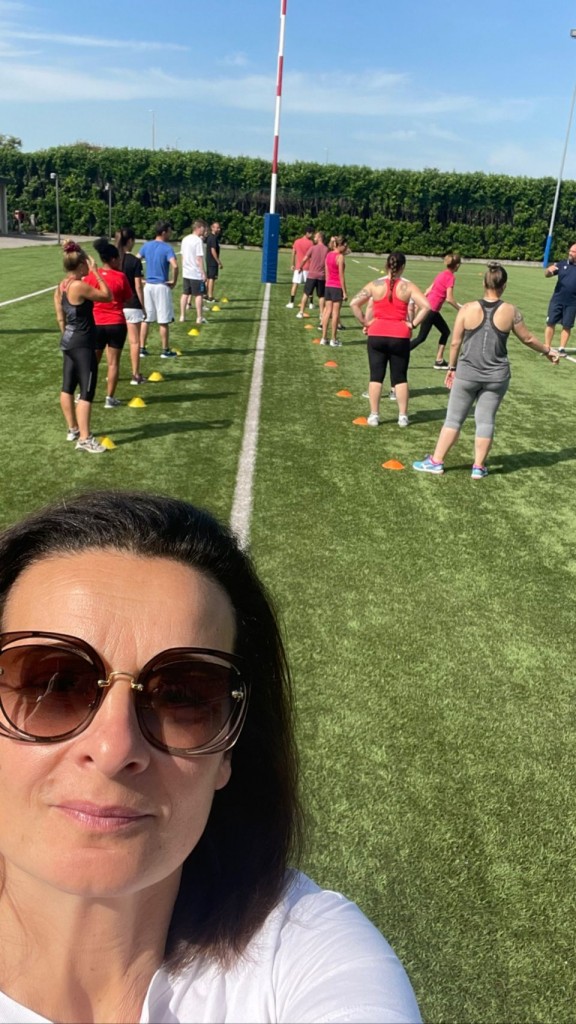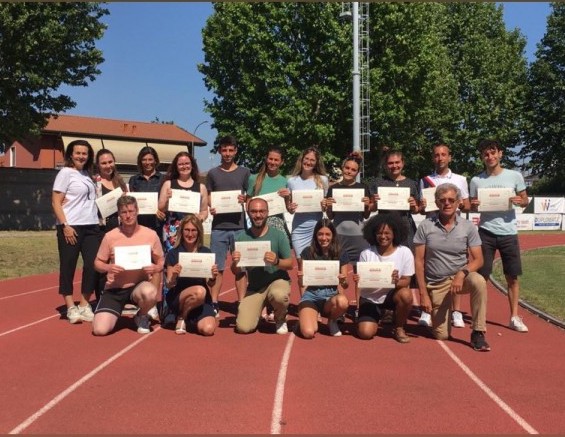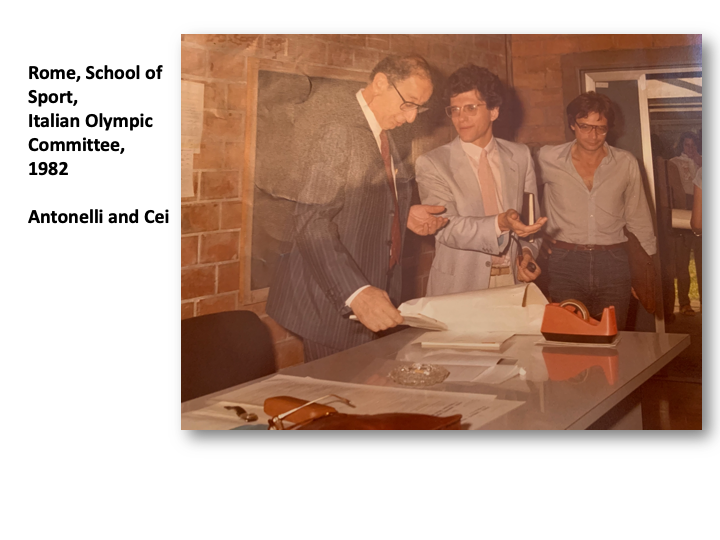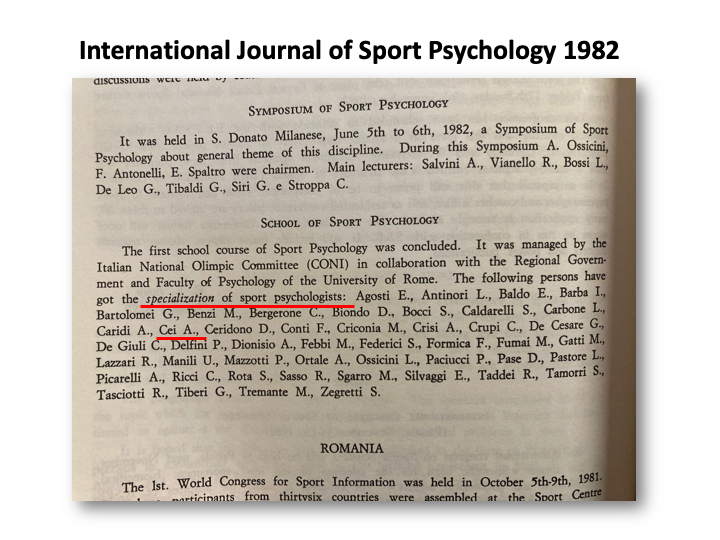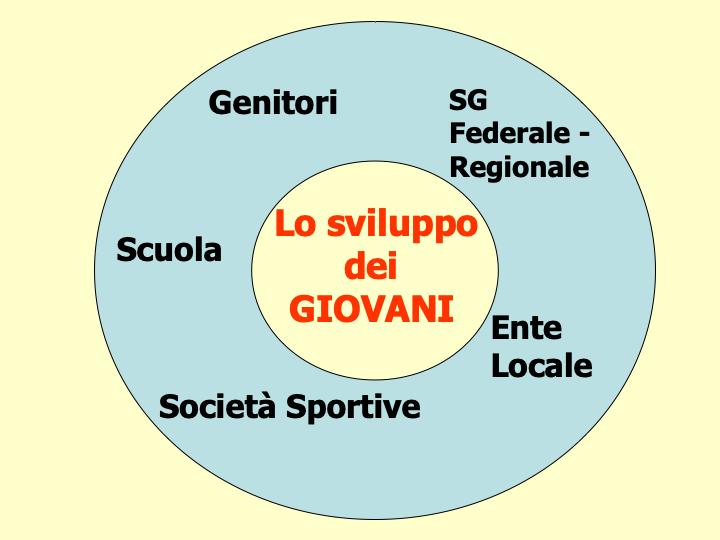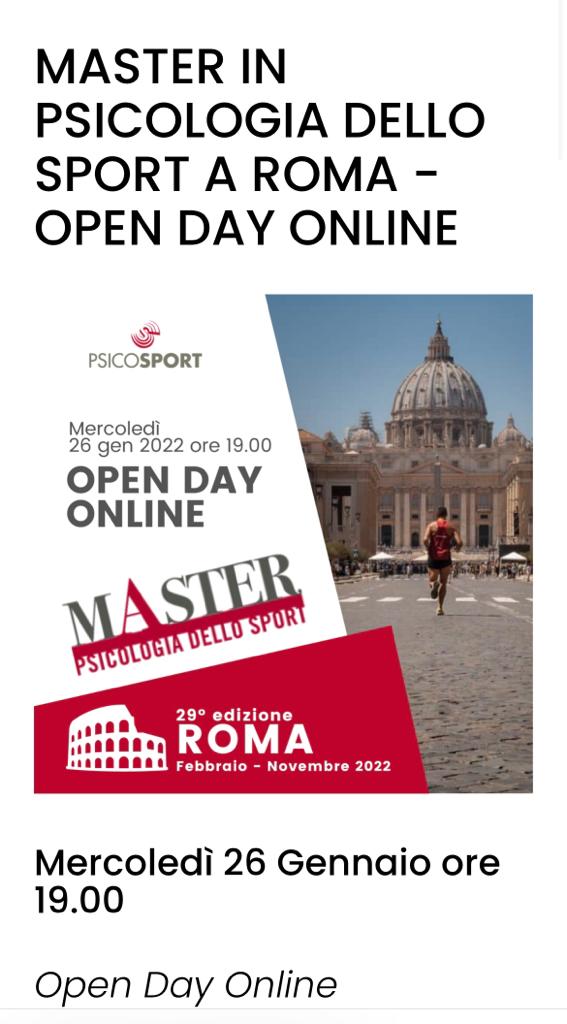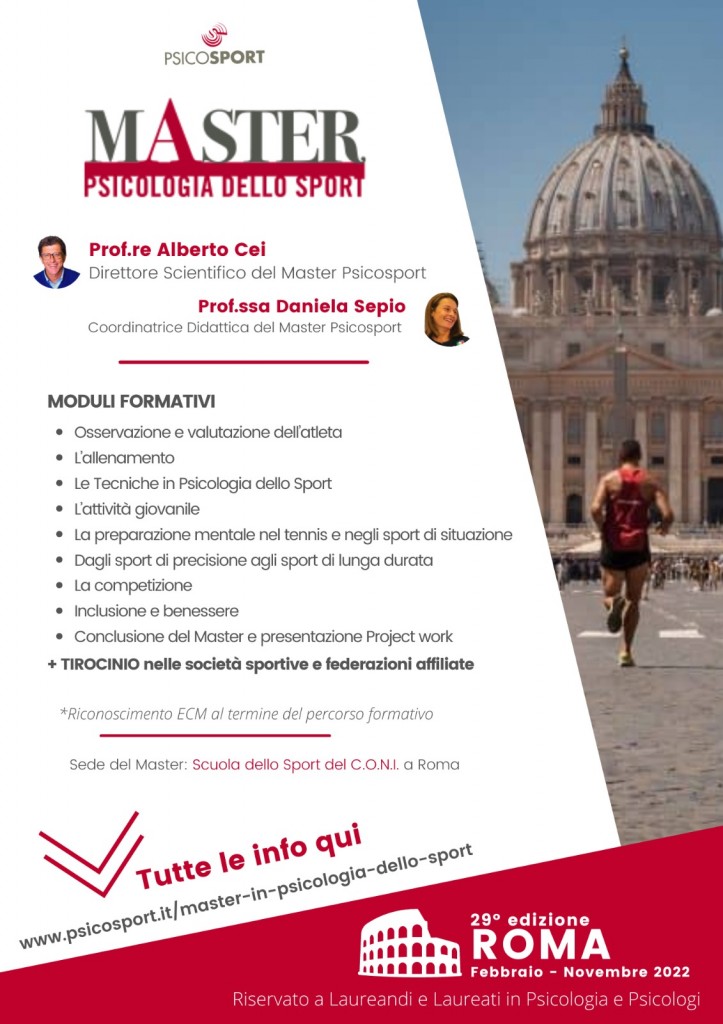The new season of major marathons in European capitals and around the world begins. This occasion brings to the forefront a little-addressed issue in scientific research and in the world of sports, which refers to the training of adults (the over35s) and in particular the masters athletes who build the largest group of marathon entrants and encapsulate every age group of adulthood up to and beyond the over80s.
It is the already large age group of sports practitioners enclosed in a period that covers more than 50 years. There are well-established age-related beliefs that can be summarized in the following concept: adults do not improve and are limited to social and fitness activities in their free time. It has been found that this age belief can lead coaches to believe that it is not necessary to coach master athletes. Do we still demand quality coaching if young athletes do not become Olympians or professionals? Yes, of course. Therefore, quality coaching should be an intrinsic feature of master sports and older adult sports.
Recently Bettina Callary, Editor-in-Chief of the International Sport Coaching Journal wrote about this issue and which I have summarized in the following points:
- Much of the research in sport is geared towards high performance or youth sport participation.
- The LTD uses a rectangular diagram to outline a framework for developmental pathways in sport and physical activity. It depicts a large section devoted to Active for Life, as an alternative to the Podium Pathway towards high performance. This is excellent, as it includes the large number of people (including adults and older adults) who are not on the trajectory toward podium performances at the highest level of sport yet continue to engage in sport and physical activity.
- However, while the LTD acknowledges aging adults as an underserviced and under-supported group within the sport and physical activity ecosystem, the information in the framework itself is mostly associated with children, youth, and young adults.
- Adult development in sport is often focused on becoming coaches or officials, joining the board of directors for the youth sport team or club, fundraising and volunteering.
- While there are recreational adult sports that most often do not have coaches, in Masters sport the coaches can play important roles.
- Masters sport is defined as sport events, leagues, and competitions for adults typically over 35 years of age (although this differs based on the sport and can be as young as 18 years old). Within this cohort of more serious-minded adult athletes, effective coaches play an important role in meeting athletes’ psychosocial needs and validating their decision to pursue sport.
